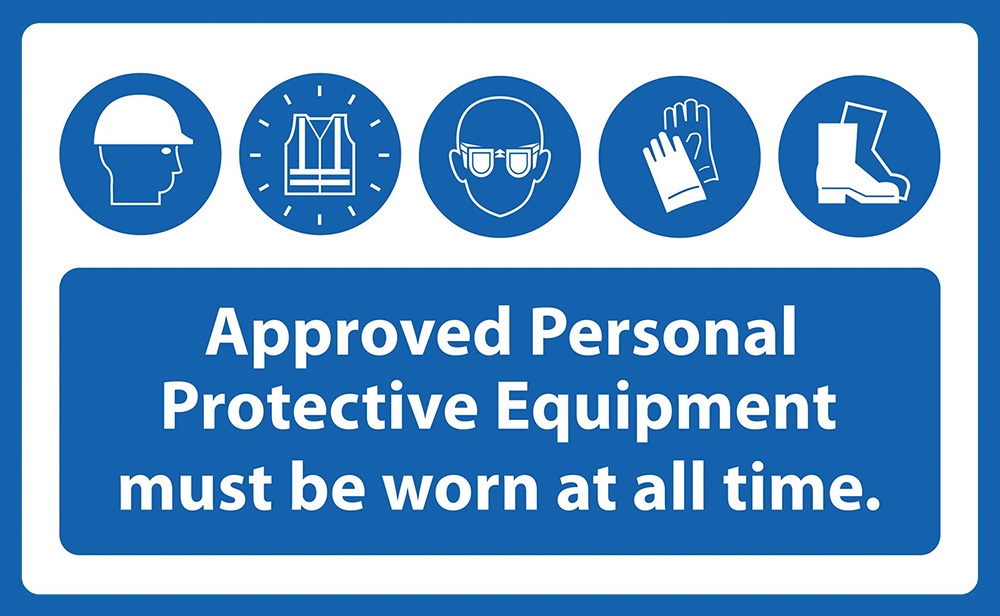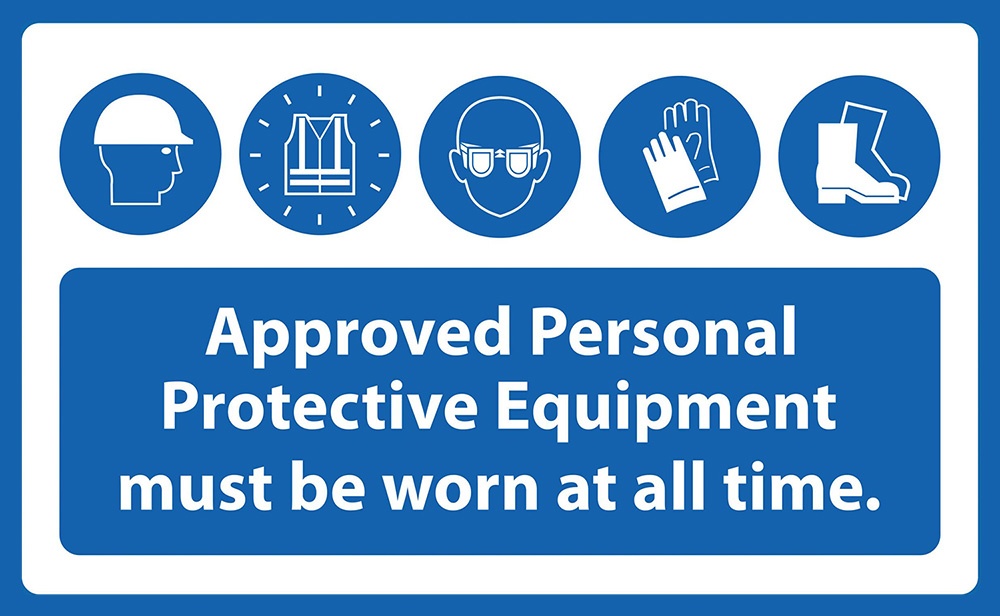Project Description
Operational
Operational
Operational
Effective health and safety leadership is one of the key drivers for any organisation in any industry in the UK. Key areas to ensure this effectiveness include communication, relationship building and training for all those involved in the procurement and delivery process.
This involves all clients and their representatives, all the professional parties including designers and consultants, the general public, the end-users and also every individual that forms part of the contractor’s team. Every single person within that team has some responsibility and accountability for effective health and safety management, from pricing the tenders, to purchasing the PPE, to placing the orders and to the delivery on site.
Over the past few years, the importance of effective mental health awareness has been brought to the attention of the general public and is an area many construction companies are now comprehensively involved with supporting. Similarly, COVID-19 has raised many issues relating to health and safety which the industry appears to have managed in a very effective manner.

One of the largest expenditures within the delivery of project is the cost of plant and vehicles. There are a number of decisions that need to be taken with regards to this agenda and which may include but not restricted to:
- Purchasing plant
- Hiring plant
- Choice of plant hire companies partners
- Purchase or lease of vehicles
- Use of support vehicles such as vans, trucks and lorries
- Type of fuel to be used such as diesel or biofuel
- Use of electric or hybrid plant and vehicles
- Training for using different types of plant
In addition to the foregoing, there are the environmental aspects to be reviewed and agreed upon, being cognizant of the current environmental agenda and with the availability of electric and hybrid plants and the requirement for the change to biofuels.

Very good reputations and relationships can be quickly lost by not achieving the correct standards of quality required on the construction project. This may result from a number of different reasons which may include:
- Not understanding the drawings and specification
- Poor communication with those delivering the quality on site
- Poorly trained operatives
- Inferior materials
- Poor performing plant and equipment
- Ambiguity of requirements
- Ineffective supervision
- Lack of quality resources
By introducing quality procedures into the business, all the foregoing should be mitigated to ensure a satisfied customer or client at the end of the project. The requirement for formal accreditations such as ISO 9001, ISO 14001 and ISO 45001 should also be considered although they may prove to be not essential once the strategy of the business has been agreed.

Effective health and safety leadership is one of the key drivers for any organisation in any industry in the UK. Key areas to ensure this effectiveness include communication, relationship building and training for all those involved in the procurement and delivery process.
This involves all clients and their representatives, all the professional parties including designers and consultants, the general public, the end-users and also every individual that forms part of the contractor’s team. Every single person within that team has some responsibility and accountability for effective health and safety management, from pricing the tenders, to purchasing the PPE, to placing the orders and to the delivery on site.
Over the past few years, the importance of effective mental health awareness has been brought to the attention of the general public and is an area many construction companies are now comprehensively involved with supporting. Similarly, COVID-19 has raised many issues relating to health and safety which the industry appears to have managed in a very effective manner.

One of the largest expenditures within the delivery of project is the cost of plant and vehicles. There are a number of decisions that need to be taken with regards to this agenda and which may include but not restricted to:
- Purchasing plant
- Hiring plant
- Choice of plant hire companies partners
- Purchase or lease of vehicles
- Use of support vehicles such as vans, trucks and lorries
- Type of fuel to be used such as diesel or biofuel
- Use of electric or hybrid plant and vehicles
- Training for using different types of plant
In addition to the foregoing, there are the environmental aspects to be reviewed and agreed upon, being cognizant of the current environmental agenda and with the availability of electric and hybrid plants and the requirement for the change to biofuels.

Very good reputations and relationships can be quickly lost by not achieving the correct standards of quality required on the construction project. This may result from a number of different reasons which may include:
- Not understanding the drawings and specification
- Poor communication with those delivering the quality on site
- Poorly trained operatives
- Inferior materials
- Poor performing plant and equipment
- Ambiguity of requirements
- Ineffective supervision
- Lack of quality resources
By introducing quality procedures into the business, all the foregoing should be mitigated to ensure a satisfied customer or client at the end of the project. The requirement for formal accreditations such as ISO 9001, ISO 14001 and ISO 45001 should also be considered although they may prove to be not essential once the strategy of the business has been agreed.

Effective health and safety leadership is one of the key drivers for any organisation in any industry in the UK. Key areas to ensure this effectiveness include communication, relationship building and training for all those involved in the procurement and delivery process.
This involves all clients and their representatives, all the professional parties including designers and consultants, the general public, the end-users and also every individual that forms part of the contractor’s team. Every single person within that team has some responsibility and accountability for effective health and safety management, from pricing the tenders, to purchasing the PPE, to placing the orders and to the delivery on site.
Over the past few years, the importance of effective mental health awareness has been brought to the attention of the general public and is an area many construction companies are now comprehensively involved with supporting. Similarly, COVID-19 has raised many issues relating to health and safety which the industry appears to have managed in a very effective manner.
- Purchasing plant
- Hiring plant
- Choice of plant hire companies partners
- Purchase or lease of vehicles
- Use of support vehicles such as vans, trucks and lorries
- Type of fuel to be used such as diesel or biofuel
- Use of electric or hybrid plant and vehicles
- Training for using different types of plant
In addition to the foregoing, there are the environmental aspects to be reviewed and agreed upon, being cognizant of the current environmental agenda and with the availability of electric and hybrid plants and the requirement for the change to biofuels.

- Not understanding the drawings and specification
- Poor communication with those delivering the quality on site
- Poorly trained operatives
- Inferior materials
- Poor performing plant and equipment
- Ambiguity of requirements
- Ineffective supervision
- Lack of quality resources
By introducing quality procedures into the business, all the foregoing should be mitigated to ensure a satisfied customer or client at the end of the project. The requirement for formal accreditations such as ISO 9001, ISO 14001 and ISO 45001 should also be considered although they may prove to be not essential once the strategy of the business has been agreed.



